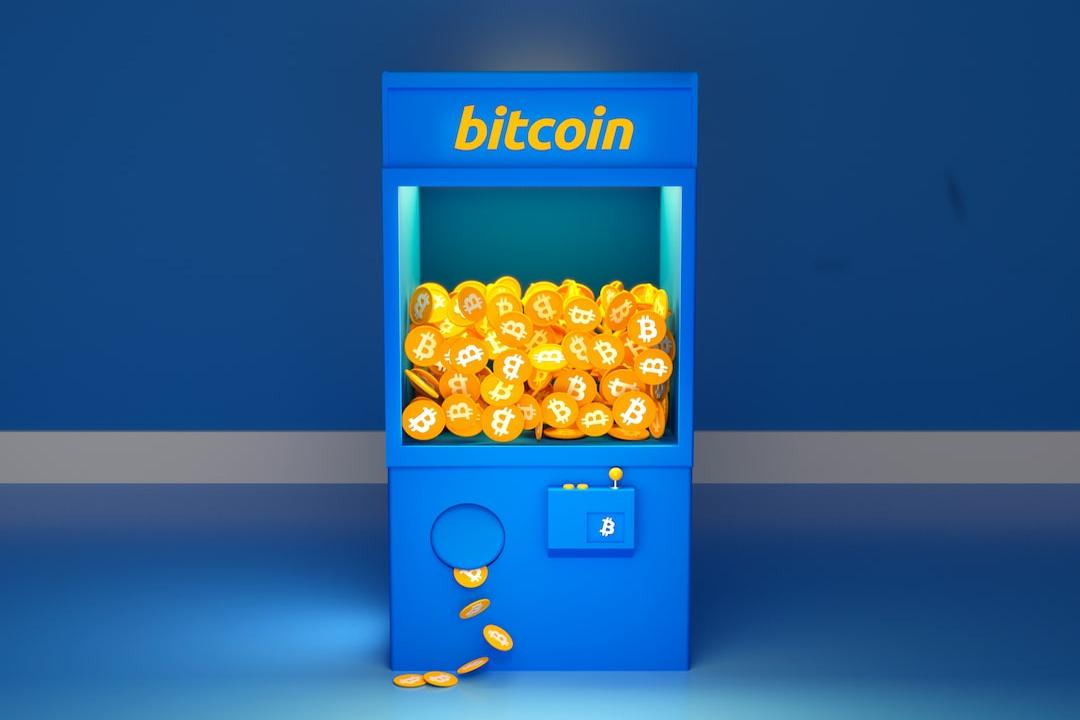Hamilton has revealed that it has tokenized U.S. Treasury bills on Bitcoin’s layer two (L2) platforms, signaling a major advancement in connecting traditional finance with Bitcoin’s decentralized finance (defi) sector. The objective of this move is to improve financial accessibility and liquidity within the Bitcoin ecosystem.
A startup specializing in real-world asset (RWA) tokenization, Hamilton, initiated the tokenization of U.S. Treasury bills on Bitcoin Layer 2 solutions—Stacks, Core, and BoB—on July 4, 2024. This initiative represents a significant step in integrating traditional financial instruments with the security and transparency of Bitcoin.
The tokenization project aims to make government-backed assets more accessible and tradable within Bitcoin’s defi ecosystem. By utilizing Bitcoin’s L2 solutions, Hamilton aims to enhance scalability, reduce costs, and improve the liquidity of these assets. According to a report by the Boston Consulting Group, the RWA market is projected to reach $16 trillion by 2030, highlighting the potential impact of this initiative.
Brendon Sedo, an initial contributor to Core DAO, emphasized that tokenizing U.S. Treasury bills on the Core chain is a major milestone, leveraging Bitcoin’s security and Core’s scalability to bridge the gap between traditional finance and Web3. Alexei Zamyatin, co-founder of BoB, highlighted that this tokenization leverages both Bitcoin and Ethereum’s strengths to drive financial innovation.
The CEO and co-founder of Hamilton, Kasstawi, stated that the tokenized Treasury bills will soon be available on Hamilton’s platform, describing the combination of Bitcoin’s security with tokenized T-notes as a “historic step towards financial independence.”
Readers are encouraged to share their thoughts and opinions about minting U.S. Treasury notes on Bitcoin in the comments section below.






